3D printing, also known as additive manufacturing, has had a profound impact on the aerospace, automotive, and motorcycle industries. Technology has revolutionized the way components and parts are designed, prototyped, and manufactured.
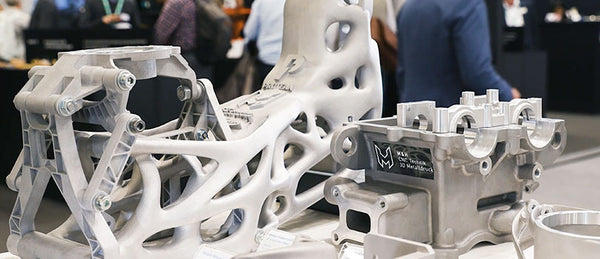
1, Complex Component Manufacturing:
3D printing allows the manufacturing of intricate and complex components with high precision, which is crucial for the aerospace industry where lightweight, high-strength, and aerodynamic components are essential.
2, Lightweight and High-Strength Materials:
Aerospace and automotive industries leverage 3D printing to create lightweight parts using advanced materials like titanium, aluminum, and composite polymers. This enhances fuel efficiency and overall performance.
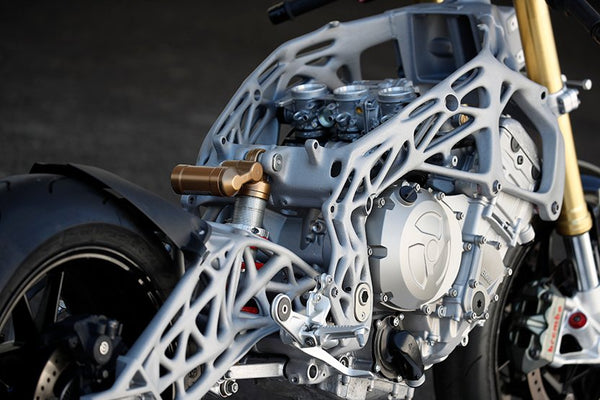
3, Rapid Prototyping and Iterative Design:
Prototyping is accelerated, enabling designers and engineers to iterate designs quickly and refine them before moving to mass production. This speed-to-market is valuable in the highly competitive aerospace and automotive sectors.
4, Reduced Material Waste:
3D printing is an additive process, which means that material is deposited layer by layer, minimizing material wastage compared to traditional subtractive manufacturing methods.
5, Supply Chain Optimization:
3D printing can help optimize the supply chain by enabling on-demand manufacturing, reducing the need for large inventories and associated warehousing costs.
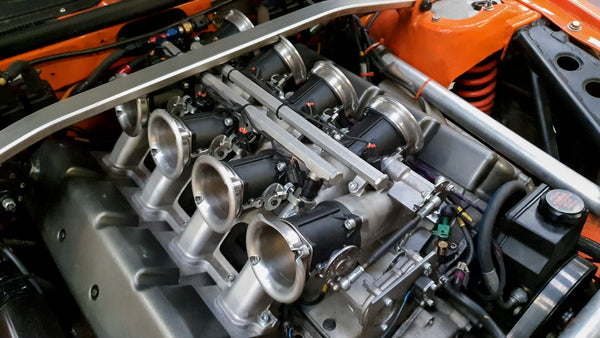
6, Tooling and Jigs:
3D printing is used to create custom tooling, jigs, and fixtures for both aerospace and automotive manufacturing, improving production efficiency and accuracy.
7, Customization and Personalization:
In the automotive and motorcycle industries, 3D printing enables the creation of custom parts tailored to individual preferences, allowing for unique vehicle designs and modifications.
8, Engine Components:
3D printing is utilized to manufacture complex engine components, such as turbine blades in aerospace and high-performance engine parts in automotive and motorcycle applications, optimizing performance and efficiency.
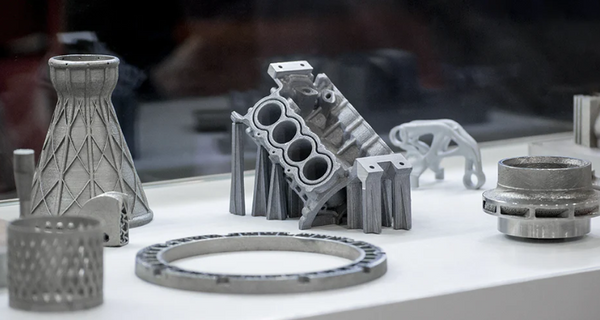
9, Functional Prototyping:
In aerospace, 3D printing is used to create functional prototypes that can withstand rigorous testing to evaluate their performance and durability.
10, Space Exploration:
3D printing is employed in the aerospace industry for creating parts for spacecraft, satellites, and rovers used in space exploration, where traditional manufacturing methods are often impractical.
11, Aircraft Interiors:
3D printing is used to manufacture lightweight and customizable interior components, such as seating structures, in-flight entertainment systems, and storage compartments in aircraft.
12, Motorcycle Customization:
Motorcycle enthusiasts and manufacturers utilize 3D printing to create customized and unique motorcycle parts, enhancing the aesthetic and functional aspects of the bikes.
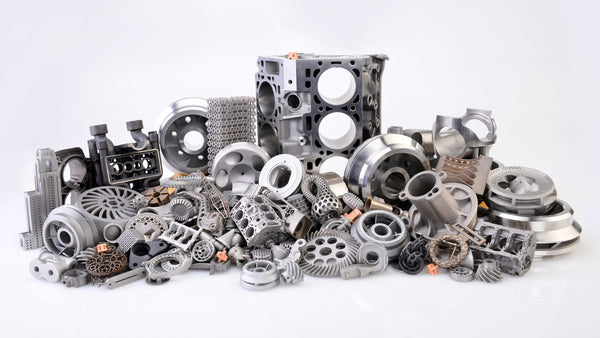
In summary, 3D printing is a transformative technology in the aerospace, automotive, and motorcycle industries, offering benefits such as design innovation, lightweighting, cost-efficiency, customization, and rapid prototyping. As the technology continues to evolve, its influence on these industries is expected to grow, further optimizing production processes and fostering innovation.
